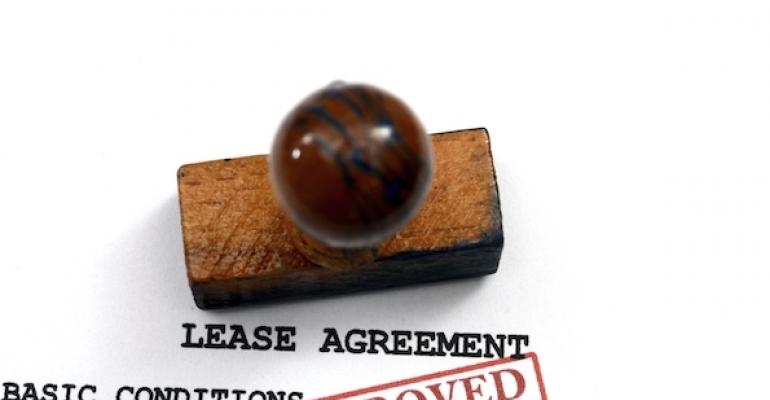 This post is part of the Reporter’s Notebook blog.
This post is part of the Reporter’s Notebook blog.
Private equity groups looking to buy restaurant companies are scanning thousands of pages of lease documents, looking for hidden treasure that can yield greater profits down the line.
To be sure, leases are frequent sources of pre-acquisition analysis in a restaurant deal. Buyers always look at occupancy costs in determining whether a purchase is worth doing, and for how much.
But more private equity buyers are performing deep dives into lease agreements to find ways to make more money on a purchase, said Tom Mullaney, a principal with the lease and debt-restructuring firm of Huntley, Mullaney, Spargo & Sullivan, Inc. Its clients include many private equity firms.
“Some of the smart private equity firms are rolling up their shirt sleeves, looking into leases, to make sure what they’re about to buy is what they expected it to be,” Mullaney said.
For instance, a chain could have a large number of its best stores that are about to lose their leases, which would be a major problem in a restaurant deal. Renewals aren’t always automatic. Or the leases could be too expensive, or too problematic.
But companies can find potential profits in those leases, too. For instance, a buyer could find potential rent improvements by looking for leases that are within a few years of expiring.
In those cases, Mullaney said, a chain could ask the landlord to lower lease costs in exchange for an extension. The chain gets a lower rent payment. The landlord gets more certainty going forward.
Mullaney said he recently represented a “Western private equity fund” bidding on a “very large fast food chain..” That private equity firm was able to increase its bid for the chain based upon what Mullaney found. It apparently didn’t raise the bid enough, however, because it didn’t get the chain.
“It can cause you to increase your bid,” he said. “It can also cause you to run out of the room screaming.”
Not many buyers take that deep a dive into lease terms, in part because the effort is just so massive. It’s one thing to look at a single loan document. It’s another to look at lease documents for every location in a 900-unit chain.
“A typical restaurant leases is 20 to 30 pages of gobbledygook, but there are 900 stores each with 30 pages of gobbledygook,” Mullaney said. “With debt there’s just one document worth $900 million. You just read the document. With leases you get 900 leases, each worth $1 million. It’s a different workload.”
Leases are a big deal in a restaurant chain, especially now that many concepts are shying away from real estate ownership. Occupancy costs are often the third biggest cost for a restaurant company. This makes them a potentially rich source of profits, or pain.
“Private equity firms are realizing that, when you capitalize the value of the leases of the restaurant chains they’re acquiring, in some cases it’s as big as, or bigger than, the amount of debt,” Mullaney said.
Private equity firms, which are eager to find ways to profit off of acquisitions, are often more open to new ideas when looking for those profits.
“What’s fabulous about the private equity industry is that, sometimes they’re looked at as swashbuckling pirates by the general public,” Mullaney said. “But they come in, shake things up and question conventional wisdom. The kind of ideas we’re always generating, they always get good reception. They often say, ‘Let’s test it.’”

